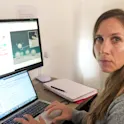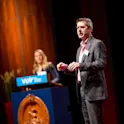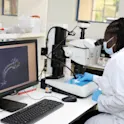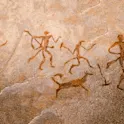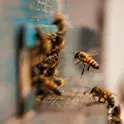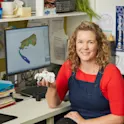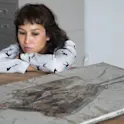
Featured news
25 Apr 2022
World Malaria Day: Meet a researcher using genetic engineering to tackle a serious global disease
By Colm Gorey/Prof Tania de Koning-Ward, Deakin University Prof Tania de Koning-Ward, Deakin University. Image: Deakin University World Malaria Day – held on the 25 April – is an occasion to highlight the need for continued investment and sustained political commitment for malaria prevention and control. To mark this important awareness day, Frontiers caught up with Prof Tania de Koning-Ward to hear how she is contributing to a global effort to prevent hundreds of thousands of deaths each year. Tania de Koning-Ward is a professor in molecular microbiology based at Deakin University’s School of Medicine in Australia and is a senior research fellow of the country’s National Health and Medical Research Council. Here she heads the school’s malaria pathogenesis research group which aims to investigate molecular level, key parasite-host interactions that enable malaria parasites to thrive and survive in their host and cause disease. She has published extensively on the subject, including in an article published to Frontiers in Cellular and Infection Microbiology in September 2020. What inspired you to become a researcher? Do you have any specific memories that set off a spark? Growing up, I always enjoyed biology and maths but realized pretty quickly at university that it […]

